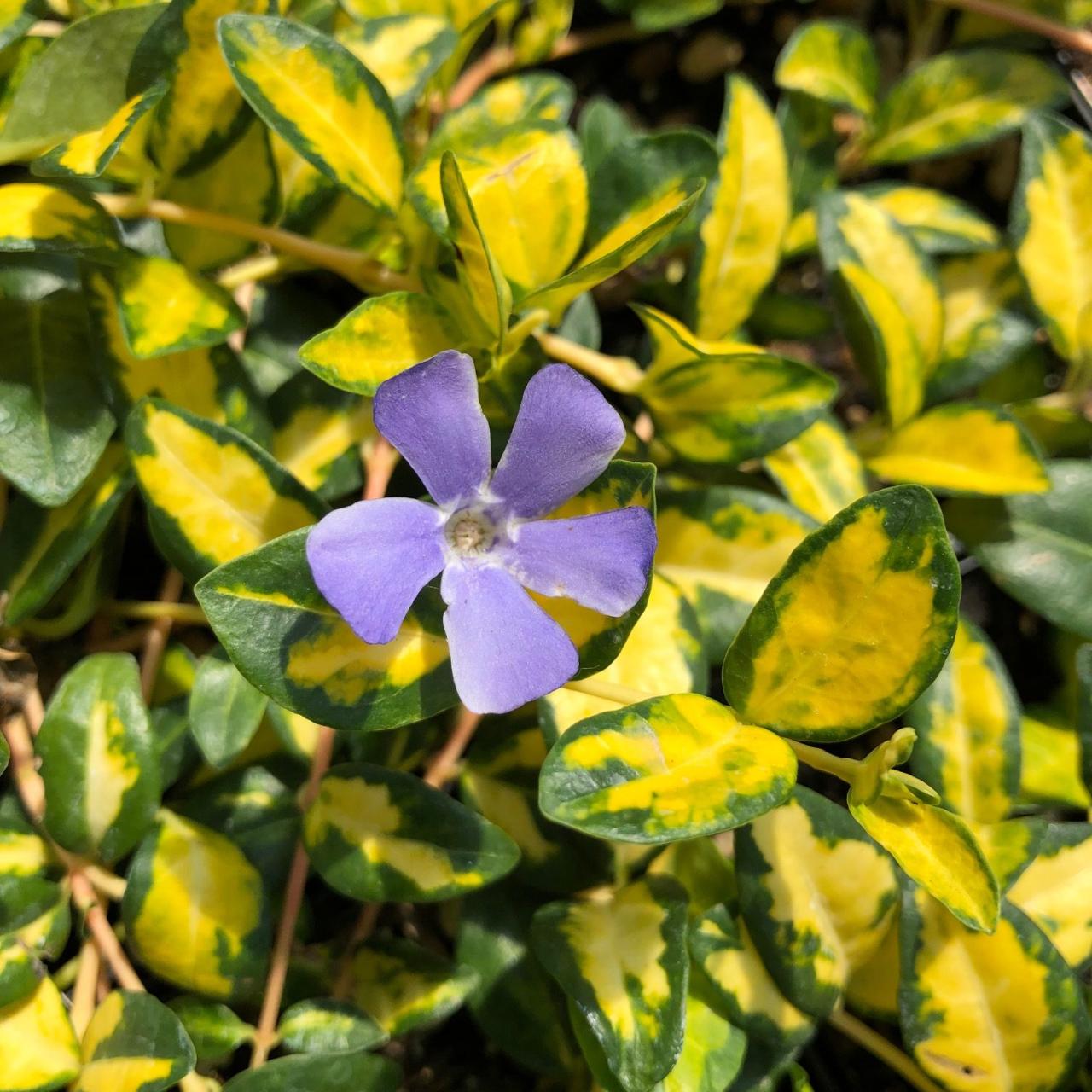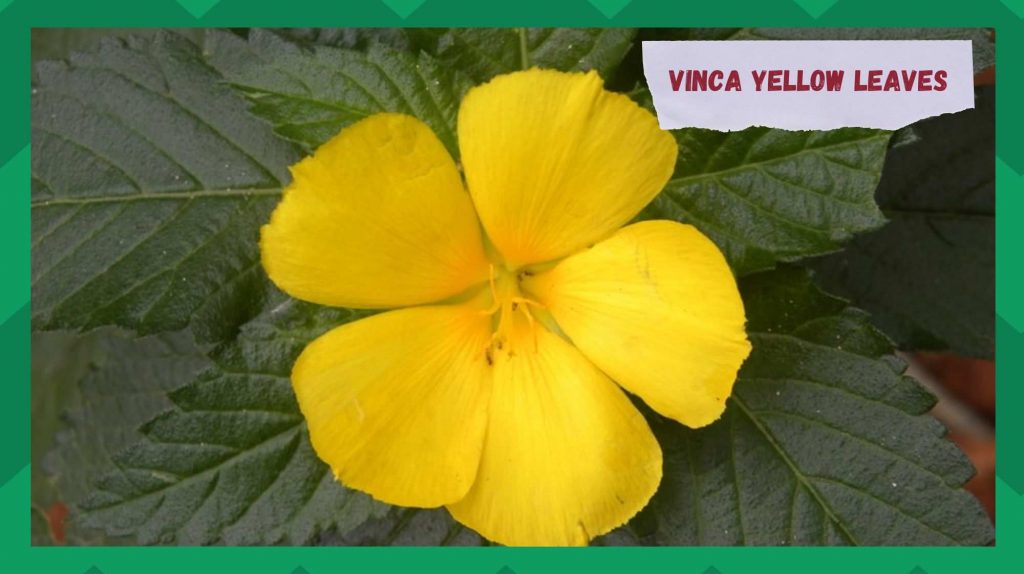Yellowing leaves on your vinca plants can be concerning for any gardener. While vinca (often referred to as periwinkle) is known for its hardiness and beautiful blooms, yellowing leaves can signal underlying issues that require attention. Understanding the causes and solutions can help restore the health of your vinca plants and ensure vibrant growth. In this comprehensive guide, we’ll explore the reasons behind yellowing vinca leaves, how to treat them, and preventive measures you can take to keep your plants thriving.
What Causes Yellowing Leaves on Vinca?
The yellowing of vinca leaves can stem from a variety of factors. Identifying the root cause is essential for effective treatment. Here are some common causes:
1. Overwatering

Overwatering is one of the most common reasons for yellowing leaves in vinca. This plant prefers well-drained soil, and when the roots sit in water, they can become suffocated, leading to root rot. Signs of overwatering include:
- Yellowing leaves, especially lower ones
- Soft or mushy roots
- Foul odor from the soil
2. Underwatering
On the flip side, underwatering can also cause yellow leaves. Vinca needs consistent moisture to thrive. When the soil becomes too dry, the plant may not absorb enough nutrients, leading to chlorosis, a condition where leaves turn yellow due to insufficient chlorophyll.
3. Nutrient Deficiencies
Vinca plants require specific nutrients to grow healthy and vibrant. Deficiencies in nitrogen, iron, or magnesium can lead to yellowing leaves. Here’s how to identify nutrient deficiencies:
| Nutrient | Symptoms |
|---|---|
| Nitrogen | General yellowing of older leaves |
| Iron | Yellowing between veins, especially in younger leaves |
| Magnesium | Yellowing around leaf edges, with green veins remaining |
4. Pest Infestation
Pests such as aphids, spider mites, or whiteflies can damage vinca plants, leading to yellowing leaves. Look for signs of infestation like sticky residue, webs, or visible insects on the foliage. If your vinca is affected, addressing the pest problem promptly is crucial.
5. Fungal Diseases
Fungal diseases, such as powdery mildew and root rot, can also cause yellow leaves. These diseases thrive in damp conditions and can be particularly problematic during humid weather. Look for signs like fuzzy white growth on leaves or a mushy root system.
How to Treat Yellowing Vinca Leaves
Now that we’ve identified potential causes, let’s explore treatment options for yellowing vinca leaves.
1. Adjust Watering Habits
Assess your watering routine. Ensure the soil is drying out between watering sessions, as vinca prefers drier conditions. If you suspect overwatering, allow the soil to dry out before watering again. Conversely, if underwatering is the issue, increase the frequency of watering, ensuring to keep the soil consistently moist but not soggy.
2. Fertilize Appropriately
For nutrient deficiencies, consider applying a balanced, slow-release fertilizer. Look for fertilizers high in nitrogen to combat yellowing leaves due to nitrogen deficiency. For iron deficiency, chelated iron can be beneficial. Always follow the package instructions for application rates.
3. Pest Control
If pests are the culprit, treat your vinca plants with insecticidal soap or neem oil. These organic treatments can effectively manage pest populations without harming beneficial insects. Be sure to follow the instructions on the product label for safe application.
4. Treat Fungal Diseases
For fungal diseases, improve air circulation around your plants and avoid overhead watering. Fungicides can be effective for severe infestations. Ensure you choose a product that is safe for vinca plants and follow the application guidelines.
5. Prune Affected Leaves

Sometimes, the best course of action is to prune off severely affected leaves. This not only improves the overall appearance of the plant but can also help direct energy to healthier parts of the plant. Use sterilized pruning shears to prevent the spread of disease.
Note: Always ensure your tools are clean and sharp before pruning to minimize stress on the plant.
Preventive Measures for Healthy Vinca Plants
Prevention is always better than cure. Here are some effective strategies to keep your vinca plants healthy and vibrant:
1. Proper Watering Practices
Adopt a watering schedule that allows the soil to dry out between watering sessions. Test the soil moisture with your finger; if it feels dry up to your first knuckle, it’s time to water. Consider using well-draining potting soil for container-grown vinca.
2. Regular Fertilization
Fertilize your vinca plants every 4-6 weeks during the growing season with a balanced fertilizer. This will help replenish nutrients and promote lush growth.
3. Monitor for Pests
Regularly inspect your vinca plants for signs of pests. Early detection can prevent infestations from becoming severe. Use a gentle stream of water to dislodge any insects you find.
4. Maintain Good Air Circulation, Yellowing Vinca Leaves
Plant your vinca in areas where they have enough space to grow without overcrowding. Good air circulation can help prevent fungal diseases.
5. Rotate Crops
If you’re growing vinca in the same location year after year, consider rotating them with other plants. This practice can help reduce the buildup of pests and diseases in the soil.
Important: Regularly check soil pH, as vinca prefers a slightly acidic to neutral pH (around 6.0 to 7.0).
Conclusion
Yellowing leaves on your vinca plants can be alarming, but understanding the causes and implementing the right solutions can restore their health. By taking preventive measures and regularly monitoring your plants, you can enjoy vibrant, healthy vinca throughout the growing season. Remember that proper care, attention to watering habits, and early detection of problems can make all the difference. Happy gardening! 🌿
